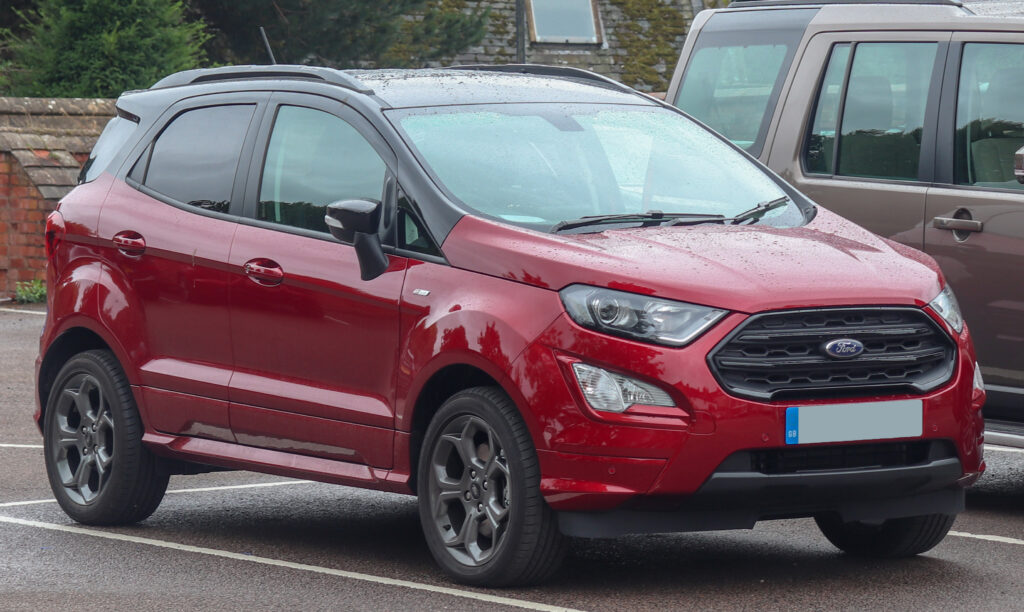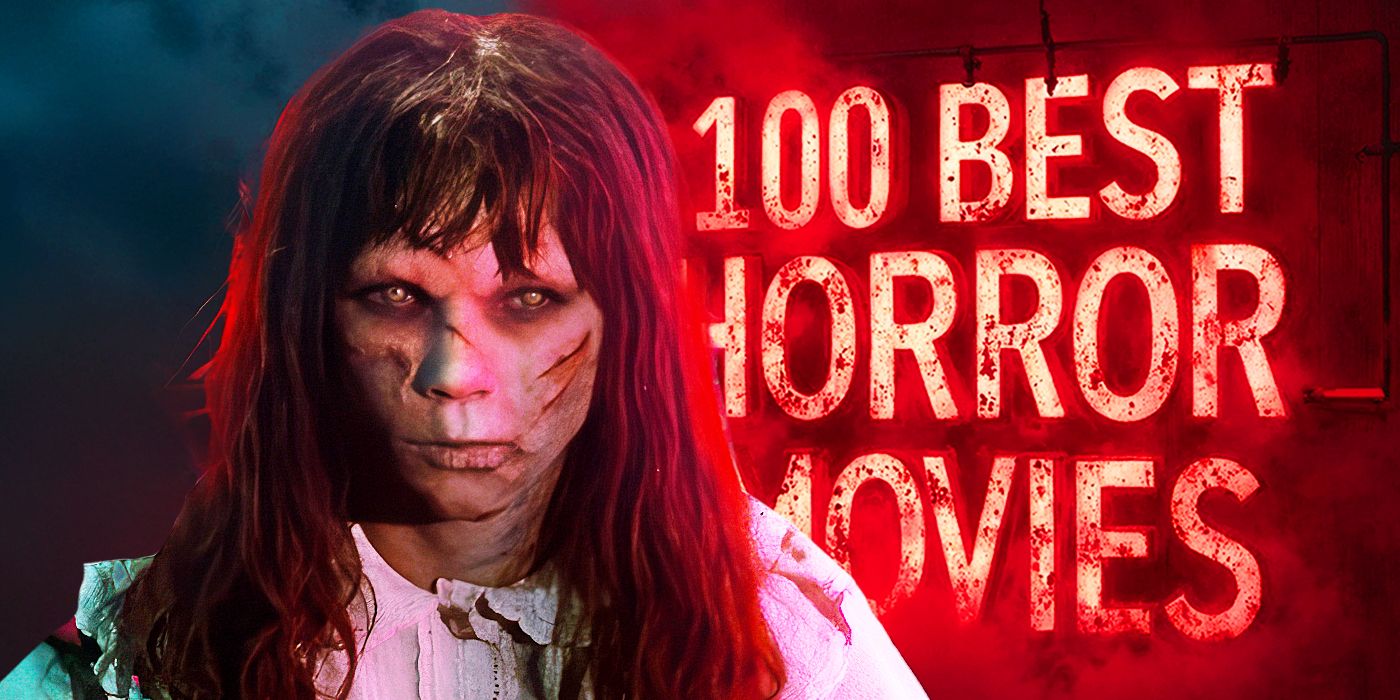
Horror movies stand as one of cinema’s most fascinating and, indeed, profitable genres. Despite common assumptions that blockbuster success hinges on colossal budgets, brimming with high-end special effects and an army of CGI artists, the reality often tells a different story. It’s a testament to creativity and ingenuity that some of the most impactful and highest-grossing scary flicks emerged from the most humble financial beginnings.
Much like savvy budgeting in our own lives, where it’s how you spend, not just how much you spend, that truly matters, the horror genre frequently demonstrates that bigger isn’t always better. The silver screen has witnessed countless instances where a modest investment, coupled with brilliant storytelling and an acute understanding of fear, has propelled a film to staggering worldwide box office success, often outshining its more expensive counterparts. This phenomenon underscores a crucial truth in filmmaking: genuine scares and compelling narratives can transcend budgetary limitations.
In the following, we embark on a thrilling journey through cinematic history, spotlighting fourteen horror films that were produced on what can only be described as a shoestring budget yet went on to become global sensations. These are the unsung heroes of horror, the innovative trailblazers who proved that with enough vision, passion, and a good old-fashioned fright, you don’t need millions to make movie magic and terrify audiences worldwide. Prepare to be amazed by the incredible financial triumphs achieved against all odds.

1. **Paranormal Activity**A true testament to minimalist horror, “Paranormal Activity” carved its place in cinema history with a budget so minuscule it’s almost unbelievable. Made on an astonishingly shoestring budget of just $15,000, this found-footage sensation defied all expectations, raking in a staggering $193 million at the box office. Its journey from a tiny independent project to a global phenomenon is one for the record books, demonstrating that sometimes, less truly is more when it comes to terrifying an audience.
The film’s unparalleled success was deeply rooted in its innovative approach to scares. By embracing a found footage style and a stark, minimalist aesthetic, “Paranormal Activity” distinguished itself from the prevailing trends in horror. It eschewed elaborate special effects and instead leaned heavily on the power of suggestion and psychological dread, making the haunting feel incredibly realistic and deeply unsettling to watch. The genius lay in its ability to make audiences feel as if they were witnessing genuine events unfold.
This realistic portrayal of a haunting struck a nerve with viewers worldwide, creating an immersive experience that was both terrifying and unforgettable. Its success wasn’t just about financial gains; it redefined what was possible for low-budget horror, inspiring a new wave of filmmakers to explore similar techniques. “Paranormal Activity” unequivocally proved that raw, unfiltered scares, coupled with a clever execution, can become a box office sensation, regardless of the initial investment.
Read more about: Unlock a Better Financial Future: 11 Rapid-Fire Strategies to Supercharge Your Credit Score

2. **The Blair Witch Project**Before “Paranormal Activity” redefined found-footage, “The Blair Witch Project” had already laid much of the groundwork, becoming a masterclass in low-budget filmmaking and an enduring icon of the genre. Produced with an incredibly lean budget of just $60,000, this film went on to achieve monumental success, raking in a staggering $248 million at the box office. Its impact was so profound that it became a poster child for how to generate immense buzz and fear with minimal resources.
The film’s ingenious use of the found footage style, combined with a chilling atmosphere, was revolutionary for its time. It captivated audiences by presenting itself as “real footage,” blurring the lines between fiction and reality and creating a genuine sense of dread. This clever marketing strategy was instrumental in its success, making viewers feel directly involved in the terrifying ordeal of the characters lost in the woods, enhancing the suspense and making every rustle and whisper intensely frightening.
“The Blair Witch Project” demonstrated the profound power of psychological horror and suspense over overt gore. Its ability to create profound fear through ambiguity and the unseen became its signature. The film not only became a must-watch for horror fans but also cemented its legacy as one of the most influential independent films ever made, proving that innovative storytelling and effective marketing can transform a shoestring budget into a cinematic marvel and a global sensation.
Read more about: The Untouchable Narratives: Why Hollywood Directors Are Obsessed with ‘Unfilmable’ Books and the Masterpieces Born from the Challenge
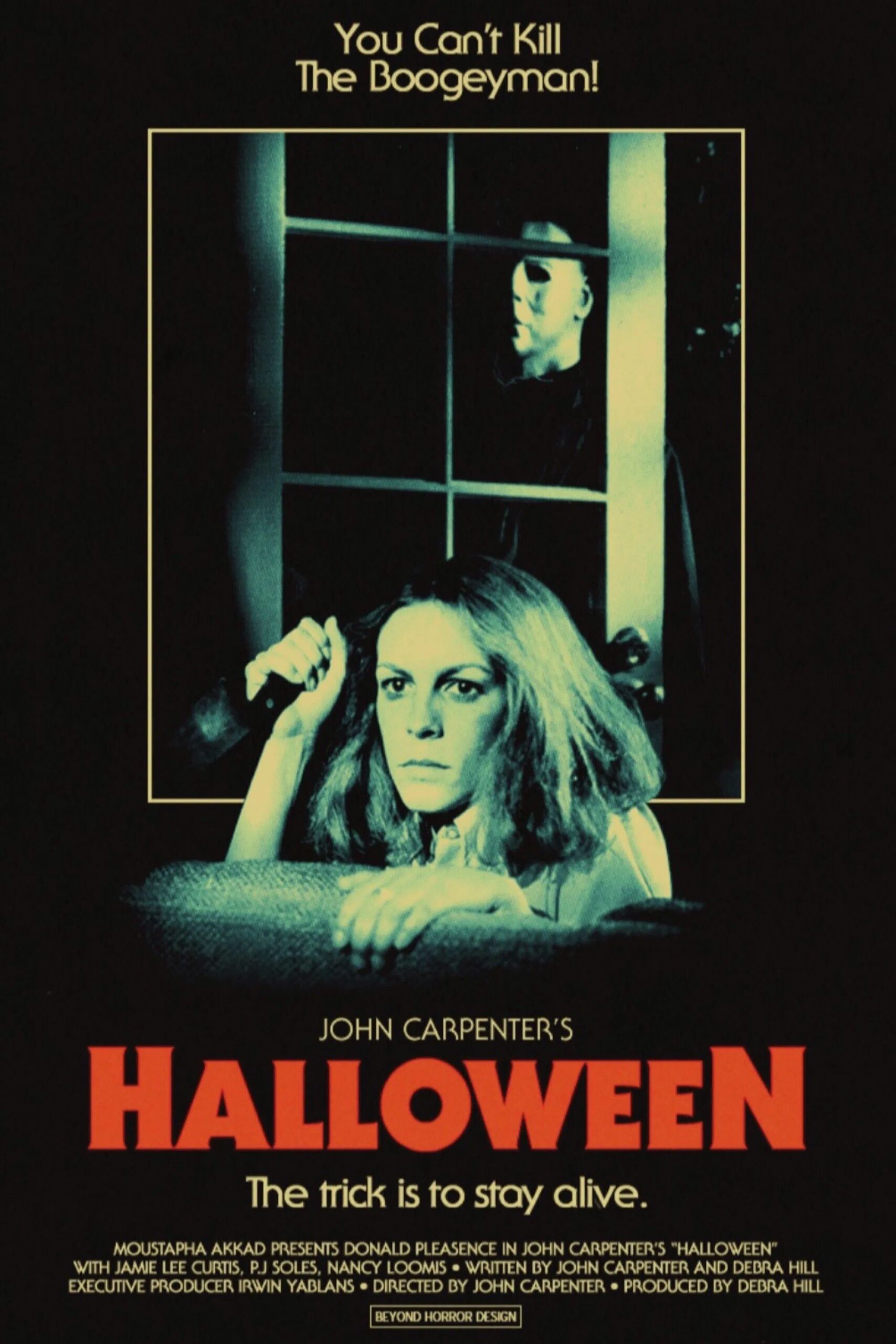
3. **Halloween (1978)**John Carpenter’s iconic slasher film, “Halloween,” remains a genre-defining classic, showcasing how a visionary director can turn a modest budget into an enduring legacy. Made on a strikingly low budget of just $300,000, the film defied expectations, grossing over $70 million. Its immense success not only launched a massively popular franchise but also solidified its place as a cornerstone of modern horror cinema, inspiring countless imitators.
The film’s chilling atmosphere and inventive scares were central to its appeal. Carpenter masterfully built suspense through skillful cinematography and a minimalist approach, proving that what you *don’t* see can be far more terrifying than what you do. The introduction of Michael Myers, an enigmatic and relentless killer, alongside Laurie Strode, a relatable final girl, created memorable characters who have permeated pop culture for decades. The simplicity and effectiveness of its terror mechanisms were groundbreaking.
“Halloween’s” success lies squarely in its ability to tap into primal fears of the unknown and the seemingly unstoppable evil lurking in suburban landscapes. It eschewed complex narratives for pure, unadulterated suspense and earned its status as a must-watch for horror enthusiasts. The film is a powerful example of how a limited budget can foster immense creativity, leading to a timeless classic that continues to terrify new generations and remains a benchmark for independent filmmaking success.
Read more about: Ready for a Scream? Dive Into 15 High-Rated Horror Movies That Will Absolutely Chill You to the Bone!

4. **Saw**In 2004, director James Wan’s debut feature, “Saw,” erupted onto the horror scene, splattering its way to a mind-boggling $103 million at the box office. This visceral horror film was shot in a mere 18 days on an astonishingly tight budget of $1.2 million, proving that a fresh vision and a clever premise can easily overcome financial constraints. Its success launched one of the most profitable and enduring horror franchises in cinematic history, cementing its place as a true low-budget marvel.
“Saw” introduced the world to the sadistic Jigsaw killer and his horrifying, intricate games, quickly captivating audiences with its unique blend of psychological terror and gruesome traps. The film’s clever, twist-filled plot was a significant draw, keeping viewers on the edge of their seats as they navigated the moral dilemmas and terrifying scenarios presented. Its raw, unfiltered scares and distinctive visual style immediately set it apart in a crowded genre.
The film’s impact extended beyond its box office numbers, creating a cultural phenomenon that resonated deeply with horror fans. It wasn’t just another slasher; it was a puzzle, a macabre intellectual challenge wrapped in a terrifying package. “Saw” demonstrated that a compelling concept, executed with precision and a flair for the shocking, can transform a modest investment into a must-watch experience, spawning a successful franchise that continues to redefine boundaries.
Read more about: The S.M.A.R.T. Goal Revolution: Ditching the Vague and Embracing Clarity for Unstoppable Success – What You’re Missing
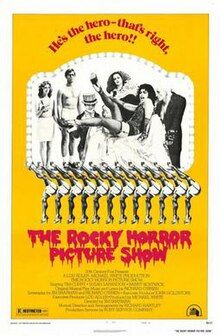
5. **The Rocky Horror Picture Show**While often celebrated for its musical and comedic elements, “The Rocky Horror Picture Show” also embraces a unique blend of sci-fi and horror, becoming a cult sensation that proved the power of niche appeal. Produced for a budget of $1.4 million, this unconventional film transcended its modest origins to gross $139 million, primarily through its legendary midnight movie screenings and interactive fan culture, an unprecedented achievement for a film of its kind.
The film’s singular cinematic experience, blending elements of sci-fi, horror, and rock music, forged a new path for audience engagement. Its daring originality, eccentric characters, and catchy musical numbers created an immersive world that resonated deeply with a dedicated fanbase. This unique blend allowed it to stand out from conventional horror offerings, establishing its own distinct identity and charm.
The enduring success of “The Rocky Horror Picture Show” lies in its fearless embrace of the weird and wonderful. It cultivated a loyal following that transformed movie-watching into an event, making it a beloved cult classic for generations. This film exemplifies how a low-budget production, with a bold and distinct artistic vision, can not only find its audience but also grow into a cultural landmark, proving that financial constraints are no match for genuine originality and a passionate fanbase.
Read more about: Actor Jerry Leggio Dies at 90, Leaving Behind Extensive Legacy in Film, Television, and Stage

6. **The Visit (2015)**Marking a significant turning point in director M. Night Shyamalan’s career, “The Visit” stands as a powerful testament to betting on oneself and the enduring appeal of suspenseful horror. After a series of critical and financial setbacks, Shyamalan famously took out a $5 million loan on his Pennsylvania estate to self-finance this found-footage horror film. That financial risk paid off in a huge way, with “The Visit” bringing home nearly $100 million worldwide.
The film, told through the camera recordings of an aspiring young director, immersed audiences in a chilling tale of two siblings visiting their grandparents at a remote Pennsylvania farm for a trip. The unsettling realization that their grandparents were “not what they seem” created a palpable sense of dread and vulnerability. Shyamalan’s return to his signature style of building suspense and delivering a compelling twist resonated strongly with viewers and critics alike.
Co-produced by Blumhouse Productions, known for their prowess in low-budget horror, and leveraging their first-look distribution deal with Universal Pictures, “The Visit” not only revitalized Shyamalan’s reputation as a certifiable horror creator but also highlighted the potential for significant returns on relatively modest investments. It underscored that a strong concept, well-executed and delivered with genuine scares, remains paramount, proving that a director’s vision, even on a lean budget, can achieve immense box office success.
Read more about: When Reality Bites: 14 Unforgettable Action Moments Where Actors Weren’t Just Acting – Their Pain Was Absolutely Genuine

7. **Get Out (2017)**Jordan Peele’s directorial debut, “Get Out,” emerged as a cultural phenomenon and a masterclass in modern horror, proving that profound social commentary can be terrifyingly effective on a modest budget. The film, explicitly described in the context as “made for nearly nothing,” achieved a phenomenal worldwide box office gross of $257,848,521 against a production budget of $5,105,909. Its success solidified its place as a groundbreaking film, resonating deeply with audiences and critics.
“Get Out” transcended typical horror tropes by expertly weaving together suspense, satire, and sharp social commentary, creating a unique cinematic experience. The film’s ability to provoke thought while delivering genuine scares was a hallmark of its appeal. Its narrative explored themes of racial prejudice and systemic oppression through the lens of horror, making it incredibly relevant and impactful.
The critical acclaim and commercial triumph of “Get Out” underscored the power of a fresh, intelligent voice in the genre. It not only became one of the “highest-grossing” horror films relative to its budget but also earned significant accolades for its innovative storytelling and powerful message. This film stands as a prime example of how a moderately budgeted production, driven by a clear vision and compelling narrative, can achieve monumental success and leave an indelible mark on both the horror genre and wider cultural discourse.
Read more about: Actor Jerry Leggio Dies at 90, Leaving Behind Extensive Legacy in Film, Television, and Stage
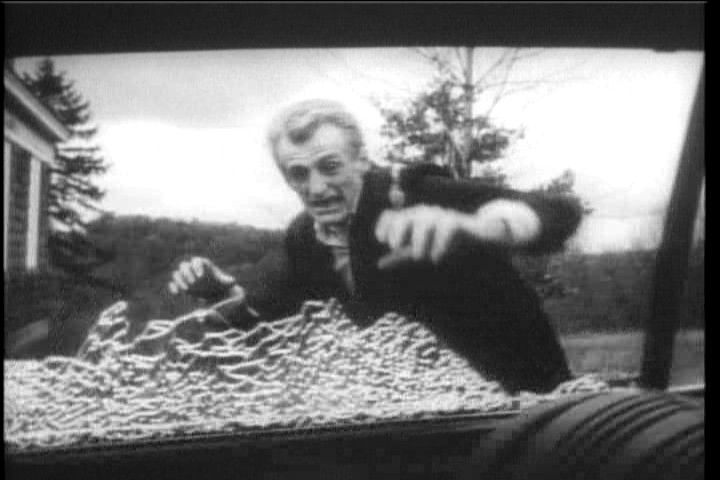
8. **Night of the Living Dead (1968)**George A. Romero’s “Night of the Living Dead” is more than just a horror film; it’s a foundational pillar of the zombie genre and a masterclass in independent filmmaking. Produced on an astonishingly lean budget of just $114,000, this black-and-white classic redefined horror cinema, proving that profound terror could be conjured with minimal resources but maximum impact. Its raw, unrelenting depiction of societal collapse in the face of an undead apocalypse left an indelible mark on popular culture.
The film’s genius lay in its relentless atmosphere of dread and its groundbreaking social commentary, which felt revolutionary for its era. Romero’s vision extended beyond simple gore, creating a claustrophobic narrative where human nature itself becomes as terrifying as the flesh-eating ghouls outside. This psychological depth, coupled with its stark realism and unflinching ending, allowed “Night of the Living Dead” to resonate deeply with audiences, challenging societal norms.
What makes its success even more remarkable is how it achieved cult status and widespread influence despite its low production value. The film utilized its constraints to its advantage, employing grainy black-and-white cinematography and clever practical effects to enhance the sense of grim reality. This aesthetic choice made the horrors feel terrifyingly authentic, drawing viewers into a world where survival was a desperate, primal struggle.
Despite its humble origins, the film became an unexpected box office hit, captivating audiences with its thematic richness and visceral scares. Its success paved the way for countless zombie films and television series, illustrating how a powerful concept, executed with unwavering conviction, can transcend financial limitations to become a global sensation. “Night of the Living Dead” remains a testament to the enduring influence of visionary low-budget filmmaking.
Read more about: The Time-Warping Truth: 14 Wild Facts About M. Night Shyamalan’s Thriller ‘Old’ That Left Us Absolutely Stunned!
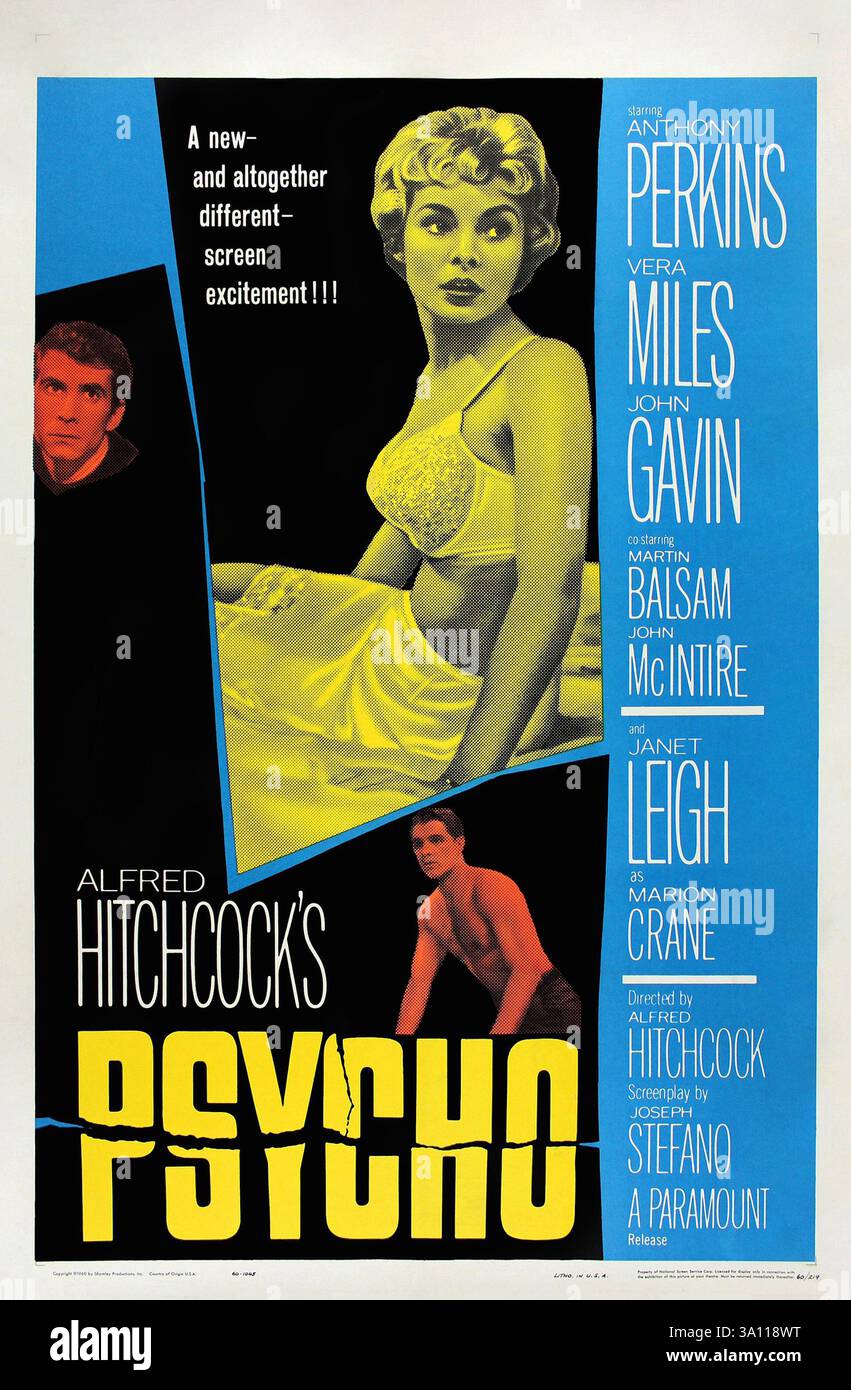
9. **Psycho (1960)**Alfred Hitchcock, the undisputed master of suspense, delivered one of cinema’s most iconic horror films with “Psycho,” a project that famously defied traditional Hollywood budgeting. Shot with a budget of approximately $7.4 million (adjusted for inflation), a figure significantly lower than expected for an A-list director, the film reaped incredible worldwide box office success. Hitchcock’s audacious decision to self-finance and shoot in black and white allowed him unprecedented creative control.
“Psycho” broke cinematic rules, from killing off its perceived protagonist early to presenting a shocking, complex villain in Norman Bates. The film masterfully built suspense not through overt violence, but through psychological tension, misdirection, and a chilling Bernard Herrmann score. Its infamous shower scene, a groundbreaking sequence of rapid cuts and sound design, continues to be analyzed and admired for its sheer impact.
The raw psychological horror of “Psycho” delves into the darkest corners of the human psyche, exploring themes of voyeurism, guilt, and fractured identity with disturbing precision. The film’s ability to manipulate audience expectations and deliver visceral shocks through implication rather than explicit display was revolutionary. This intelligent approach to terror distinguished it from its contemporaries and elevated the genre, proving that true horror could be found in the mind.
The film’s immense cultural impact cannot be overstated. “Psycho” became a phenomenon, not just for its scares, but for its psychological depth. Its enduring legacy, having inspired countless thrillers and horror films, demonstrates how a director’s singular vision, even on a comparatively modest budget, can produce an enduring masterpiece that continues to captivate and terrify generations of viewers worldwide.
Read more about: The Cinematic Pantheon: Unpacking the Vision and Genius of 11 Top Directors

10. **The Texas Chainsaw Massacre (1974)**Tobe Hooper’s “The Texas Chainsaw Massacre” clawed its way into the annals of horror history with brutal efficiency, especially considering its shockingly low budget of around $685,775. This seminal slasher film, often mistaken for “found footage” due to its gritty, documentary-like style, became a terrifying commercial success, cementing its place as one of the most influential and disturbing horror movies ever made. Its raw, visceral terror felt all too real, blurring the lines between fiction and horrifying possibility.
The film’s power lay in its ability to create relentless, unadulterated dread through suggestion rather than explicit gore, a brilliant choice necessitated by its financial constraints. Hooper’s masterful direction, combined with an unsettling atmosphere, oppressive heat, and unsettling sound design, plunged audiences into a nightmarish world where pure evil lurked in the most ordinary of Texas settings, personified by Leatherface and his deranged family. The primal fear evoked was groundbreaking.
Shot in an almost cinéma vérité style, “The Texas Chainsaw Massacre” bypassed conventional horror tropes to deliver a relentless assault on the senses. Its low budget forced a focus on character reactions, psychological distress, and the sheer terror of helplessness, which proved far more effective than expensive special effects. This stripped-down approach intensified the feeling of vulnerability and made the horror feel deeply personal and inescapable.
“The Texas Chainsaw Massacre” resonated deeply by tapping into primal fears of isolation and helplessness, proving that true horror doesn’t require a lavish budget but rather a relentless commitment to psychological torment. Its unprecedented success, despite initial controversy, launched a massive franchise and solidified its legacy as a trailblazing independent film. It remains a stark reminder that some of the most enduring scares come from humble cinematic origins.
Read more about: Prepare to Scream! These 14 Horror Movie Moments Are Certified Terrifying and Will Still Chill You to the Bone!

11. **The Evil Dead (1981)**Before “Spider-Man” and “Doctor Strange,” director Sam Raimi unleashed “The Evil Dead” upon an unsuspecting world, a grotesque, energetic, and shockingly effective horror film forged with a budget of just $1,090,476. This cabin-in-the-woods nightmare quickly garnered a reputation for its relentless scares, innovative camera work, and darkly comedic tone, becoming a cult sensation that proved Raimi’s prodigious talent and a blueprint for independent horror. Its groundbreaking visuals, achieved on a shoestring, pushed creative boundaries.
The film’s impact stemmed from its inventive use of practical effects, stop-motion animation, and a relentless, kinetic energy that kept audiences on the edge of their seats. Raimi’s audacious direction, characterized by his signature “ramicam” shots mimicking unseen entities, transformed a simple premise into a visceral, immersive experience of terror. This dynamic camerawork contributed significantly to the film’s frenetic and terrifying atmosphere.
Bruce Campbell’s iconic portrayal of Ash Williams, a reluctant hero battling demonic forces and enduring unimaginable torment, provided the perfect anchor for the film’s escalating madness, cementing his place as a genre legend. The film’s fearless approach to body horror, combined with its unique blend of comedic absurdity and genuine terror, created a distinctive identity that set it apart, earning it a devoted fanbase.
“The Evil Dead” transcended its modest budget, generating a passionate cult following and spawning a hugely successful franchise. Its success lies in its fearless embrace of extreme horror, its groundbreaking visual style, and its unique blend of terror and dark humor. This film is a shining example of how sheer ingenuity and boundless creativity can turn a low-budget production into a genre-defining masterpiece and a beloved pop culture fixture.
Read more about: Prince Rogers Nelson: A Comprehensive Retrospective on the Life and Musical Legacy of a Global Icon
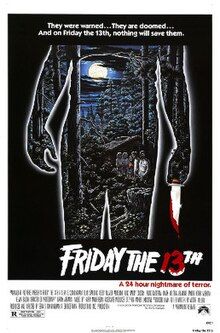
12. **Friday the 13th (1980)**Sean S. Cunningham’s “Friday the 13th” sliced its way into cinematic history, igniting the slasher craze of the 1980s and establishing a formidable franchise, all on a production budget of approximately $1,872,862. This terrifying tale of a summer camp massacre, fueled by shocking twists and gruesome practical effects, became an instant commercial hit, demonstrating the immense profitability of simple, effective scares. Its straightforward premise of teenagers being stalked at a remote camp tapped directly into adolescent fears and anxieties.
The film’s success was largely attributable to its straightforward, yet highly effective, approach to horror: a mysterious, unseen killer, a secluded setting at Camp Crystal Lake, and a group of unsuspecting young victims whose transgressions often sealed their fates. The inventive kills and intense suspense, culminating in unforgettable jump scares, kept audiences enthralled.
The iconic reveal of Mrs. Voorhees as the initial killer, driven by maternal vengeance, followed by the terrifying introduction of her son Jason, carved out a permanent place for the franchise in horror lore. While critics were often divided, audiences flocked to “Friday the 13th” for its unpretentious scares and blood-pumping suspense, defining a subgenre.
“Friday the 13th” proved that a high concept and clever marketing could transform a low-budget production into a box office juggernaut, spawning numerous sequels, merchandise, and a lasting cultural footprint. It’s a prime example of how tapping into visceral fears and delivering consistent thrills, even on a modest investment, can create an enduring cinematic legacy that continues to influence horror filmmakers and captivate new generations of fans.
Read more about: Dipping Your Toes into Terror? Here Are 14 Must-Watch Horror Movies for First-Timers!

13. **Annabelle (2014)**Building upon the success of “The Conjuring” universe, “Annabelle” spun off into its own terrifying narrative, proving that the frights of a possessed doll could generate immense box office returns from a relatively modest investment. With a production budget of $7,287,638, this chilling prequel managed to rake in a phenomenal worldwide gross of $287,988,292, solidifying its place as one of the highest-grossing horror films relative to its cost. It demonstrates the lucrative potential of expanding popular horror mythologies.
The film’s appeal lay in its ability to leverage existing lore established in “The Conjuring” and introduce a new, terrifying origin story for the infamous Annabelle doll. Its scares were expertly crafted through suspenseful sequences, well-timed jump scares, and a pervasive sense of dread, all centered around an inanimate object imbued with malevolent presence. This blend of classic haunting tropes with a modern execution resonated deeply with a broad audience.
The narrative wisely focused on a young couple experiencing escalating supernatural torment, providing relatable characters for the audience to invest in, amplifying the horror when Annabelle’s malevolence targets their newborn. Despite the challenge of making a doll consistently frightening, the filmmakers succeeded in building a palpable sense of unease, making Annabelle a chilling, silent antagonist whose presence alone inspired dread.
“Annabelle” showcased how a compelling horror concept, even without a massive budget, could become a massive commercial success by tapping into established fanbases and delivering reliable scares with a strong narrative. Its triumph underscored the demand for well-executed supernatural horror and paved the way for further expansions of its cinematic universe. The film proved that the right horror story, told effectively, can turn a moderate budget into a box office powerhouse.
Read more about: Beyond the Screen: 13 Chilling Horror Films You Won’t Believe Are Rooted in Real-Life Terrors

14. **Split (2017)**M. Night Shyamalan continued his remarkable comeback, and his strategy of self-financing, with “Split,” a psychological horror-thriller that not only achieved critical acclaim but also soared to a worldwide box office gross of $284,659,095 against a production budget of just $9,190,635. This success was particularly notable as Shyamalan famously used proceeds from “The Visit” to finance “Split,” continuing to bet on his distinct storytelling vision. The film was a testament to his renewed creative confidence and an undeniable audience draw.
“Split” captivated audiences with its gripping narrative, which explored complex themes of trauma, identity, and the power of the human mind through the extraordinary, chameleonic performance of James McAvoy as Kevin Wendell Crumb, a man with 23 distinct personalities, including the terrifying “Beast.” Shyamalan’s signature suspense-building, expert pacing, and a shocking twist ending — which ingeniously revealed its connection to his earlier film “Unbreakable” — created a truly unique cinematic experience.
The film’s intensity was further amplified by Anya Taylor-Joy’s compelling portrayal of Casey Cooke, one of Crumb’s captives, whose own past trauma becomes intertwined with her struggle for survival. This focus on character development and psychological depth, rather than relying on extensive special effects, allowed the film to maximize its dramatic impact within its budget. The confined setting and exploration of the human mind’s darker corners provided a rich canvas for Shyamalan’s storytelling.
The immense financial success of “Split” further solidified Shyamalan’s reputation as a certifiable horror creator and demonstrated the powerful impact of a strong concept executed with precision and a limited budget. It affirmed that audiences are eager for intelligent, character-driven horror that pushes boundaries and delivers genuine suspense. “Split” reinforced the viability of independent financing, proving that a director’s vision can achieve monumental success and leave an indelible mark on cinematic storytelling.
**The Enduring Legacy of Shoestring Scares**
Read more about: Beyond Instinct: 15 Cutting-Edge Vehicles for 2025 Designed to Shield You from Common Driving Pitfalls and Enhance Your Safety
From the chilling black-and-white nightmares of yesteryear to the psychological thrillers of the modern era, the landscape of horror cinema is rich with tales of ingenuity and triumph against the odds. The films we’ve explored across these fourteen examples stand as powerful reminders that money, while often helpful, is not the sole determinant of a movie’s impact or its ability to terrify. Instead, it is the raw power of a compelling idea, the masterful execution of suspense, and a deep understanding of what truly frightens us that consistently turns modest investments into monumental box office success. These cinematic trailblazers continue to inspire, demonstrating that with enough vision and a dash of daring, you can create unforgettable horror that resonates for generations, proving time and again that the most profound scares often come from the smallest budgets. Their enduring appeal confirms that genuine fright is born not from lavish production, but from the depths of creative brilliance.



